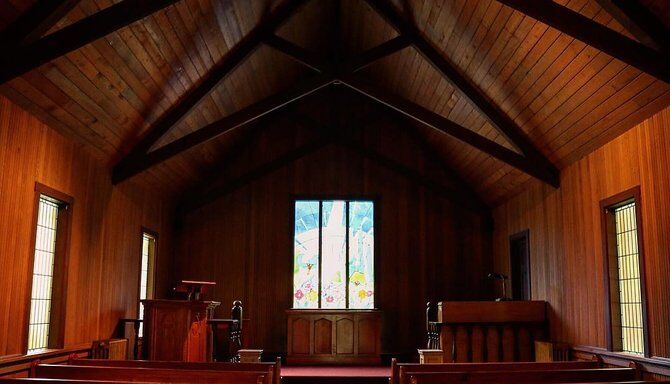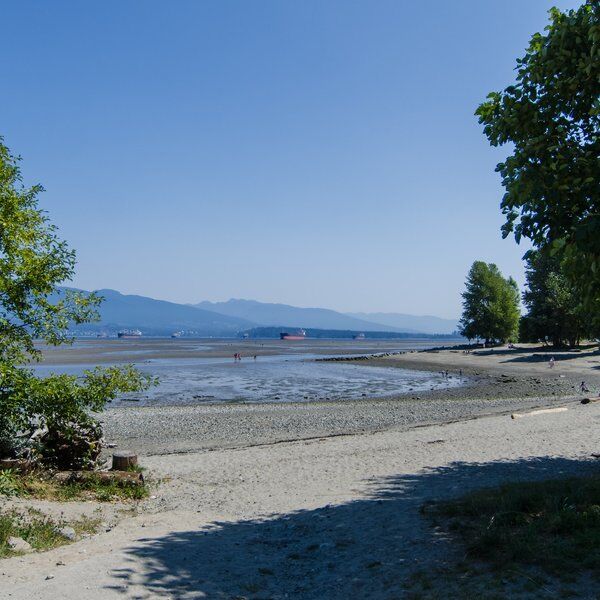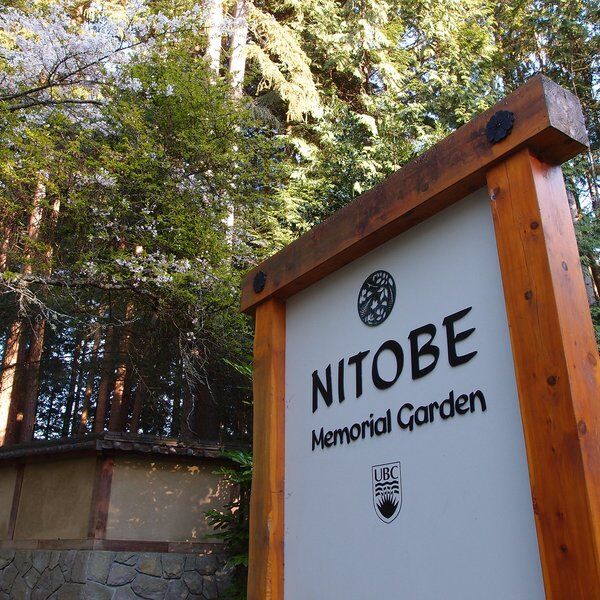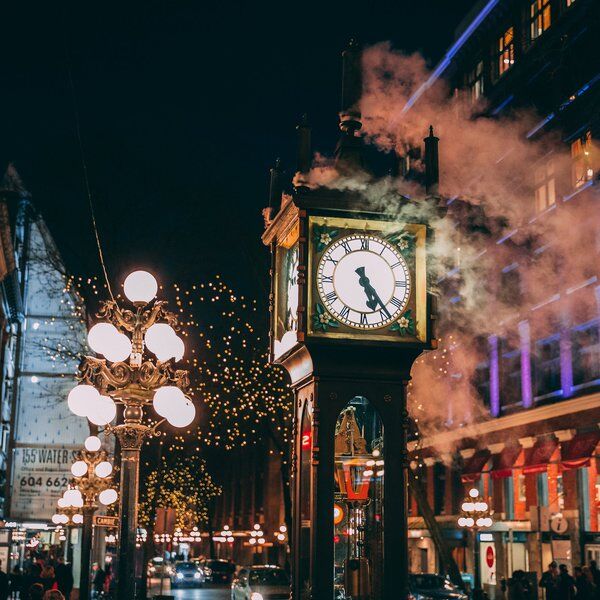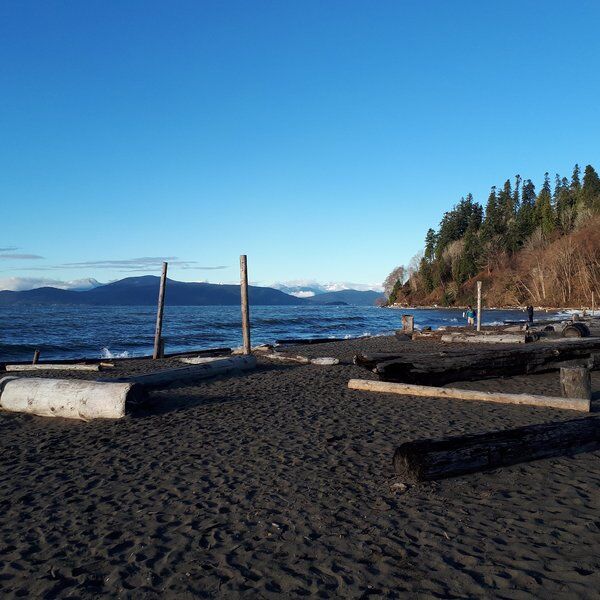Discover Burnaby Village Museum
On the cusp of Deer Lake Park, Vancouver’s Burnaby Village Museum is an open-air assortment of historical buildings and costumed interpreters that capture the essence of a simpler time. The exhibitions, including an old style sweet shop and royal bank, whisk visitors away to early 20th-century Canada to experience what life was like during that era.
Many of the 31 buildings, used to display over 50,000 genuine artefacts, are original heritage buildings, which heightens the museum’s authenticity and beauty. Other buildings that span the 10-acre space are replicas. Together they recreate a quaint 1920s tram-stop village that is well worth a visit!
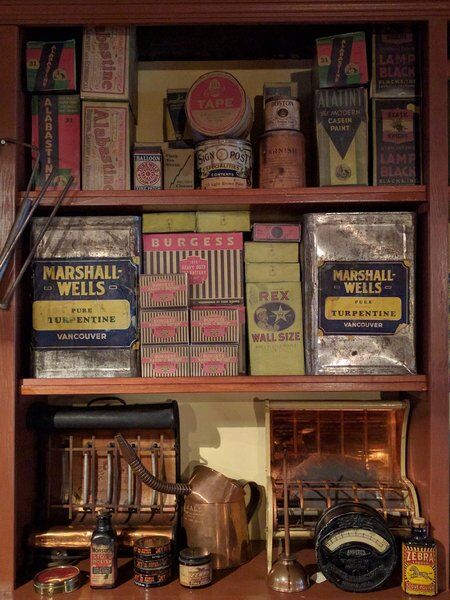
Creating the Burnaby Village Museum
Heritage Village (renamed Burnaby Village Museum in 1984) was a project organised by the Burnaby Centennial 1971 Committee. The project was designed to commemorate the 100th anniversary of British Columbia merging with Confederate Canada. Within three days of its inauguration in 1971, in the presence of the Governor-General of Canada, the museum welcomed 15,000 visitors.
Heritage Buildings
The museum began as a humble 4.3-acre site with a small inventory of artefacts. It consisted of a single street, a few shops, and Manor House (Elworth) that grew throughout the 1970s as new exhibits and buildings were installed.
Many of the buildings on display have been purchased and relocated from other communities. They are original heritage buildings that have been meticulously restored to accurately showcase life in 1920s Canada. Some of the relocated buildings include: the Royal Bank building from Britannia Beach, a Chinese General Imports shop, comprised of Way Sang Yuen Wat Kee & Co’s collection in Victoria, and a former grocery store annex, which was moved to the Village in 1977, and turned into a real estate display and a surveyor’s office display.
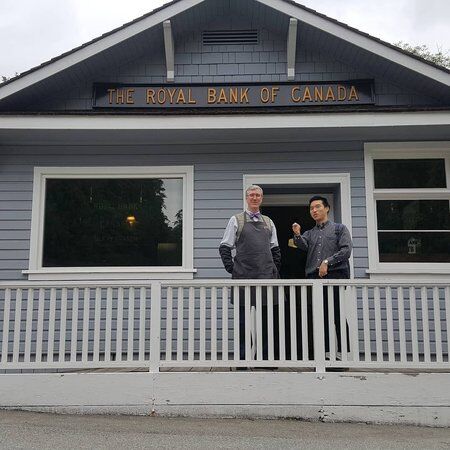
Today, other key aspects are Wagner’s Blacksmith Shop, where real livestock are shod, Burnaby Lake General Store, Seaforth schoolhouse, Tom Irvine’s 1911 bachelor house, Vorce Tram Station, an original 1911 station from the Burnaby Lake line, and the replica Church, used primarily for weddings.
Development and Expansion
Throughout the 1980s, the Municipality of Burnaby and Century Park Museum Association (CPMA) worked together to acquire more land so the museum could be developed. By 1990 Burnaby Village had increased to a 9-acres plot and a new entrance was being created – a bridge that stretched across Deer Lake Brook. This was also when the Municipality of Burnaby took over from the CPMA and shifted the trajectory of the museum to a 1920s focus.
With this shift in focus, the Burnaby Village Museum became deeply ingrained in the local community. It serves as an essential educational resource for schools, providing students with engaging and immersive history lessons. And offers specialised programs that align with the curriculum, enabling students to experience history firsthand and gain a deeper appreciation for their cultural heritage.

Visiting the Burnaby Village Museum
Interactive Exhibits
Burnaby Village Museum goes beyond the static displays found in traditional museums. The site offers a wealth of interactive exhibits and live demonstrations that immerse visitors in the past. Knowledgeable interpreters, dressed in period attire, engage guests with stories, historical insights, and demonstrations of traditional crafts and trades. Guests can see a printing demonstration at Burnaby Post, and learn how butter was churned and candles were made in the early 20th century. These hands-on experiences bring history to life, providing an enriching and educational experience for visitors of all ages.
In 1993, most famously, the 1912 C.W. Parker Carousel was officially opened at the museum, after Burnaby promised to find a place for it when it was decommissioned in 1989. Today, visitors can ride the carousel for a small fee.

Another significant attribute of the museum, which has really harnessed Burnaby’s 20th-Century charm is its 1912 B. C. Electric Railway interurban tram. In 2001 it underwent a 5-year restoration project and was returned to Burnaby in 2007. For visitors today, riding the vintage tram, reminiscent of those that once crisscrossed Vancouver's streets, is a highlight of the Burnaby Village Museum experience. As the tram gently chugs along the tracks, passengers are transported to a time when these streetcars were the lifeline of urban transportation.
Alongside riding the tram and the carousel, other interactive opportunities include watching silent, black and white 1920s movies at the Central Park Theatre, and dining in at the Ice Cream Parlour (now Mai's Cafe).
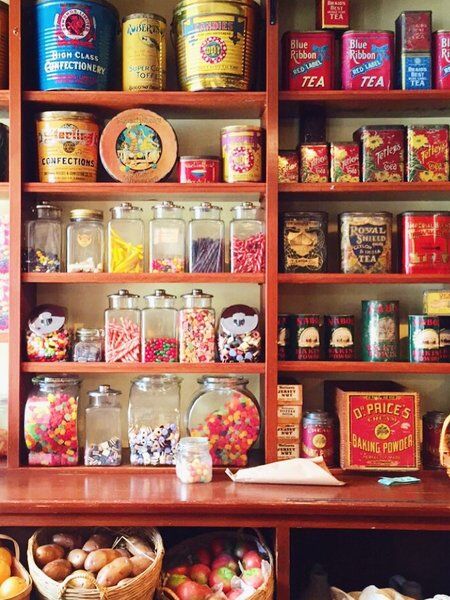
Seasonal Festivities and Events
Throughout the year, Burnaby Village Museum hosts seasonal events and festivities that add an extra layer of excitement to the experience. Think Scavenger Hunt during Spring Break and Haunted House at Halloween. There are also live music performances, crafts, face painting, and educational activities on important dates peppered throughout the year. These include Canada Day, Victoria day, Labour day, Discovery day, and many more.
One of its most enjoyable events occurs at Christmas, when the village transforms into a winter wonderland adorned with festive lights and decorations. The Christmas carousel, holiday-themed workshops, and visits with Santa Claus make it a magical destination for families seeking seasonal cheer.
Preserving Heritage for All Future Generations
The Burnaby Village Museum is more than just a historical attraction—it serves a vital role in preserving Canada's cultural heritage for future generations. The museum's commitment to historical accuracy and authenticity ensures that the stories of early 20th-century Canada are kept alive and shared properly.
But the museum staff and volunteers are also committed to making Burnaby Village a welcoming space for all visitors, concentrating on inclusivity and diversity. Since the 1970s staff have been actively trying to represent all aspects of Canadian culture. For example, in partnership with the Japanese-Canadian Citizens Association, an Ofuru (Japanese bathhouse) replica was opened at the Village in 1977. The Ofuru was built to honour the 1877 arrival of the first Japanese immigrant in British Columbia.
Furthermore, an Indigenous Learning House and Matriarch Garden have also been established. These exhibits share the Indigenous culture and explain how their connection to the land predates colonial settlers. However, a multi-year research project revealed that Burnaby’s Chinese Canadian population was severely under-represented. This was rectified with the creation of ‘Across the Pacific’, an award winning temporary Chinese Market Garden and a partnership with UBC’s Asian Canadian and Asian Migration Studies department.

Our Thoughts…
At Burnaby Village Museum, history comes alive through meticulously detailed heritage buildings and engaging interpreters. It's a treasure trove of Canadian history and a journey through time. Visitors can explore the village's streets, lined with quaint shops, businesses, and residences, each lovingly restored to reflect the atmosphere of the 1920s. Whether you're a history enthusiast, a family seeking a memorable outing, or a student eager to learn, Burnaby Village Museum offers a delightful adventure through the pages of Canada's past.
